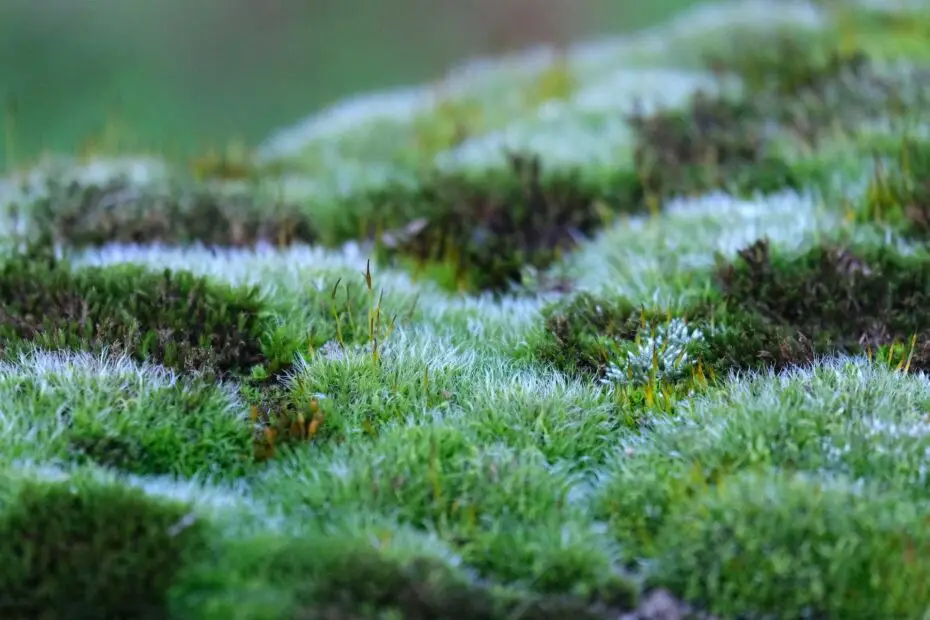Moss: The Green Revolution Indoors
Moss has long been associated with lush forests and verdant landscapes. But what many people don’t know is that this humble plant can also thrive indoors, providing a number of benefits for both our homes and our health.
In this article, we’ll explore the many benefits of growing moss indoors, from its ability to improve air quality and reduce noise pollution to its calming effects on our minds and bodies. We’ll also provide tips on how to successfully grow moss indoors, so you can enjoy all of its benefits for yourself.
So if you’re looking for a way to add a touch of nature to your home, consider growing some moss. It’s a simple and affordable way to improve your indoor air quality, reduce stress, and create a more peaceful and inviting space.
The Benefits of Growing Moss Indoors
# The Benefits of Growing Moss Indoors
Moss is a low-maintenance plant that can add a touch of natural beauty to any indoor space. It’s also easy to grow, making it a great option for beginners. Here are some of the benefits of growing moss indoors:
- It’s air-purifying. Moss absorbs harmful pollutants from the air, such as carbon dioxide, nitrogen oxides, and volatile organic compounds. This can help to improve air quality in your home or office.
- It’s drought-tolerant. Moss doesn’t require much water to survive, making it a great option for people who forget to water their plants.
- It’s low-maintenance. Moss doesn’t need to be fertilized or pruned, and it can tolerate a wide range of light conditions.
- It’s a natural insulator. Moss can help to keep your home or office warmer in the winter and cooler in the summer.
- It’s a beautiful addition to any space. Moss adds a touch of natural beauty to any indoor space. It can be used to create a lush, green wall, or it can be used to fill in empty spaces on a windowsill or shelf.
If&#x
2062; you’re looking for a low-maintenance, air-purifying plant to add to your indoor space, moss is a great option. It’s easy to grow, it’s drought-tolerant, and it’s beautiful. How to Grow Moss Indoors
How to Grow Moss Indoors
Step 1: Choose the Right Moss
The first step is to choose the right type of moss for your indoor environment. There are many different types of moss, each with its own unique characteristics. Some mosses are more tolerant of dry conditions than others, while others prefer humid environments. Some mosses are also more tolerant of bright light than others, while others prefer shady areas.
Once you have chosen the right type of moss, you can begin to prepare your growing medium.
However, you will need to provide them with a moist environment. You can do this by placing your moss in a container filled with a mixture of peat moss, sand, and perlite.Mosses do not require a lot of soil, and they can actually thrive in very poor soil conditions..
Step 2: Water Your Moss Regularly
Moss is a very water-sensitive plant, and it is important to water it regularly. The amount of water that you need to give your moss will depend on the climate in your area and the type of moss that you are growing. However, as a general rule, you should water your moss until the soil is moist but not soggy.
Step 3: Provide Your Moss with Bright, Indirect Light
Moss does b
est in bright, indirect light. If you live in a sunny area, you may need to protect your moss from direct sunlight by placing it in a shady spot or by using a sheer curtain to filter the light.Step 4: Fertilize Your Moss Occasionally
Moss does not require a lot of fertilizer, but you can fertilize it occasionally to help it grow. You can use a liquid fertilizer that is specifically designed for mosses, or you can use a diluted solution of fish emulsion.
ear:both; margin-top:0em; margin-bottom:1em;">
